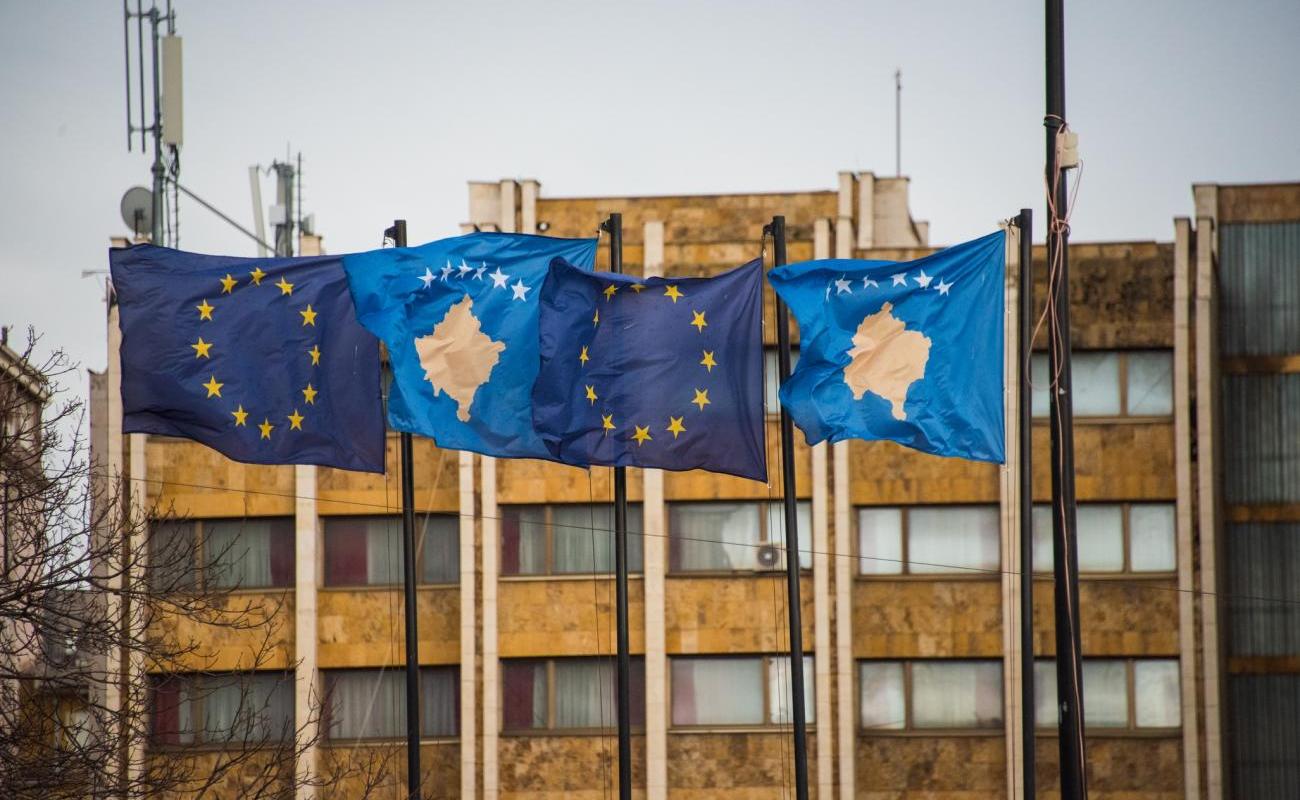How can the Western Balkans make EU integration a success story?

Trade in goods is still hindered by long waiting times at Balkan borders due to poor transport infrastructure and double cross-border checks. Addressing this requires a larger investment than that set out in the New Growth Plan.
Russia’s invasion of Ukraine on 24 February 2022 changed EU perceptions on its enlargement policy, as the worst-feared geopolitical and security risks materialised on its doorstep.
For EU neighbourhood countries, EU membership has become a matter of sovereignty. Ukraine applied for EU membership only four days after the war started, followed shortly by Moldova and Georgia. The EU granted them candidate status in a matter of months.
The long accession of the Western Balkans was also reassessed. The European Commission enacted the New EU Growth Plan for the Western Balkans in 2023, offering gradual integration with the EU single market and forming the Common Regional Market (CRM), which allows free trade, labour and capital flows within the region. Additionally, the Commission offered €6 billion for productivity-enhancing sectors, conditional on progress with EU-related reforms. This Growth Plan marks the first time that some of the economic benefits of EU membership have been granted before the accession process is complete.
The CRM is a distinct feature that differentiates the EU integration process of the Western Balkans from that of previous and current candidate countries. According to a Commission estimate, the CRM could add 10% to the region’s GDP. The CEFTA multilateral free trade agreement abolished tariffs across the Western Balkans and Moldova in 2007 but many impediments to free economic cooperation have remained, including barriers to services, capital and labour.
A new Bruegel study shows that trade in goods is still hindered by long waiting times at Balkan borders due to poor transport infrastructure and double cross-border checks. Addressing this requires a larger investment than that set out in the New Growth Plan. After COVID, regulatory misalignments on safety product requirements further inflated trade costs in the region.
Yet even if these trade barriers disappeared, the CRM’s benefits would still be limited by the region’s small consumer potential (roughly 17 million people) and low technological competence. Only North Macedonia is close to the EU average in terms of high-tech export content. Bigger economies like Serbia and Bosnia and Herzegovina fall short by 40p.p. and 70p.p. respectively, while Albania and Montenegro have practically no high-tech exports.
The economic benefits of joining the EU single market, another pillar of the Growth Plan, are more substantial than those of the CRM. These include integrating the Western Balkans into EU supply chains and higher growth, all witnessed in the cases of current EU member states. Integrating these economies with the EU single market would help smooth business between the EU and the Western Balkans as well as easing pressure on supply chains during times of geopolitical uncertainty.
Four Western Balkan economies and Moldova are already part of the Single European Payment Area and they may be coupled with the EU Energy Market by 2027. Yet integration with the EU single market requires candidate countries to implement extensive reforms aligned with the ‘Internal Market’ cluster of accession negotiation chapters, which only partially overlap with CRM-related reforms.
Economic cooperation in the Western Balkans is essential to further unlock the region’s growth potential. Given the relative benefits and costs, it would make sense for those countries assessed as being closer to EU accession (namely, NATO members Albania, Montenegro and possibly North Macedonia) to prioritise the reforms needed for integration with the EU single market and that synergise well with the CRM.
In the end, EU single market integration offers a greater opportunity for reinforcing relations than the CRM and it is central to the end goal of EU membership. Faster integration of these countries into EU structures can unblock the long-stalled accession process, motivate other Western Balkan countries to join, and help EU supply chain resilience.
